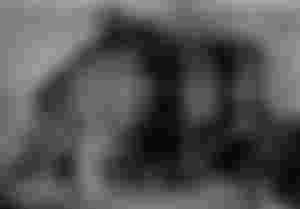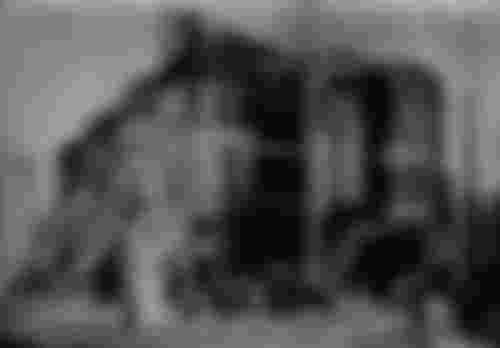The house that Holmes built
The world knows many terrifying psychopaths, but this one was dubbed the first serial killer, with a victim count exceeding 200 people.
In Chicago in 1889, an astonishingly beautiful trading complex was opened, which residents immediately called the Castle. Part of the building was used for commercial spaces. On the first floor of the "Castle" there was a pharmacy and various shops, while its office was located on the upper two floors. The architecture of the building was characterized by its scale and external attractiveness, which in reality concealed horrific stories of cruel murders.

Charming and charismatic young businessman literally charmed everyone; according to witnesses, his charm worked not only on women, but also on male investors. This self-assured dandy's name was Henry Holmes. At least, that's what he called himself, as he considered this name more respectable; he was actually born Herman Mudgett.
Intellectually savvy businessman opened a hotel for one of the grand events - the World's Columbian Exposition. People from different parts of the world gathered at this event. Holmes' main goal became killing the hotel guests. The hotel guests, who were constantly coming and going during the grand event, were completely at Holmes' mercy. Some people left in some underground dungeon, in a real stone bag, Dr. Henry simply forgot about them.
The Castle included several dozen windowless rooms, corridors leading to brick walls, staircases to nowhere, doors that could only be opened from the outside. Only Holmes fully understood the layout of the building due to the constant change of contractors during construction. These dead ends literally formed a labyrinth, luring the victim into a specific room.
Holmes considered strangulation his favorite method of murder. On the third floor of his castle, Holmes installed a soundproof airtight capsule chamber lined with steel and equipped it with a gas burner, which, as he convinced his victims, served as their source of light. In reality, with pipes leading to the chamber, Holmes could regulate the flame of the burner, which quickly burned the air in the chamber - and the victim suffocated.
Among the many traps was a room completely isolated from the outside world on the second floor. It was hidden behind a wall of a closet; if someone accidentally found this door and opened it, they would only find a solid wall. Inside was a dark room with a door on the ceiling. The victim fell into this trap through a hatch, slowly dying in a closed space from hunger in pitch darkness.
Holmes loved to conduct cruel experiments on his victims. His basement was equipped as a laboratory so that Holmes could freely conduct brutal experiments on people using numerous surgical instruments and poisons. Later he would discard their organs and clean flesh from skeletons, which he sold to doctors as anatomical models. Thanks to his medical education, he had no problem selling corpses.
If not for the greed of the psychopath, there could have been many more victims. Holmes was unjustly suspected of financial fraud and ended up in prison, where he confessed to his cellmate to more serious crimes, which became the basis for the police to conduct a more detailed investigation. Once in the Castle and searched it, the police discovered the horrors hidden by the outwardly attractive hotel. Holmes was sentenced to death by hanging, during which he suffered for 15 minutes. In his will, he requested to be buried at a depth of no less than three meters, pouring cement into his coffin.
Ironically, Herman Mudgett feared that after death he might share the fate of his dismembered victims. His will was fulfilled.
